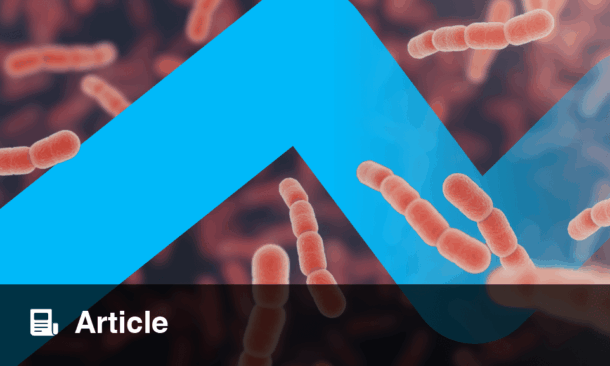INTRODUCTION
Recent studies carried out by our team have shown that an increase in oxidative stress may have a negative impact on ovarian response.1 Peroxiredoxins (PRDX), a family of peroxidases, are associated with various biological processes such as the detoxification of oxidants and cell apoptosis.2 The latest studies have suggested that PRDX2, PRDX3, and PRDX4 have the ability to protect against oxidative stress and apoptosis.3 PRDX1 may play an important role in the regulation of cell signalling pathways induced by reactive oxygen species, whereas PRDX5 would act as a scavenger.4 Nevertheless, little attention has been given to the role of PRDX in female infertility.
OBJECTIVE
The aim of this work was to investigate gene expression of PRDX (1–6) in granulose cells (GC) and cumulus cells (CC) from the peri-ovulatory follicles of young women who experienced a low response in controlled ovarian stimulation cycles (COH), when compared with fertile donors from the same age cohort.
MATERIALS AND METHODS
This prospective study compared the mRNA expression of PRDX (1–6) and caspase 3 in 56 oocyte-cumulus and 62 oocyte-granulose complexes retrieved from six healthy, fertile oocyte donors and five patients (≤5 oocytes retrieved) after gonadotropic stimulation from July–December 2016. All study participants were <35 years of age and stimulated with the same protocol (follicle-stimulating hormone receptor and triggering with gonadotropin-releasing hormone analogues). mRNA was extracted using the TaqMan® Gene Expression Cells-to-CT Kit (AM1729, Applied Biosystems, California, USA) and mRNA expression of PRDX genes and endogenous controls were measured by quantitative reverse transcription polymerase chain reaction (qRT-PCR) using TaqMan probes. No parametric tests were used to identify any significant differences between patients and healthy donors. Statistical significance was set at p<0.05.
RESULTS
Following this study, we found that PRDX1, PRDX2, PRDX3, PRDX4, PRDX5, and PRDX6 are expressed in GC and CC. The results obtained from comparative RT-PCR analysis revealed that the mean relative levels of mRNA coding for PRDX2, PRDX3, PRDX4, and PRDX6 were significantly decreased in GC from women with low response in COH compared with healthy oocyte donors (PRDX2 p=0.03; PRDX3 p=0.022; PRDX4 p=0.014; PRDX6 p=0.014). mRNA expression of both PRX1 and PRX5 was much stronger in GC from the patient group compared with the expression observed in GC from the donor group (PRDX1 p=0.05; PRDX5 p=0.02). Also, an increase of caspase-3 expression in GC (p<0.001) was observed in the patient group, compared to the donor group. No significant differences were found in the levels of mRNA coding for PRDX (1–6) and caspase-3 in CC from young women with low response compared with oocyte donors.
CONCLUSIONS
From our study, we can conclude that PRDX are differentially expressed in GC and CC. Our results suggest a lower antioxidant capacity and increased apoptosis level in GC of women with low response to COH compared with fertile donors, as well as a role for PRDX in human GC function and in the pathogenesis of low ovarian reserve in women undergoing infertility treatment with COH-in vitro fertilisation (IVF). These results suggest that antioxidant capabilities are diminished during low ovarian response, leading to an increase in oxidative damage in the ovary in a similar way to age-related oxidative damage. These findings could lead to the development of new therapeutic strategies for the treatment of low ovarian reserve.








